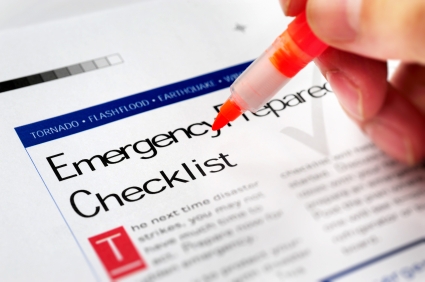What To Do In A Crisis: A First Hour Response Checklist


Get Involved
Our authors are what set Insurance Thought Leadership apart.
|
Partner with us
We’d love to talk to you about how we can improve your marketing ROI.
|

Nancy Moorhouse, CSP is a multi-faceted, multi-talented business partner in the risk management/workers' compensation/safety consulting industry. With more than 28 years of experience, she influences clients in culture change and progress.